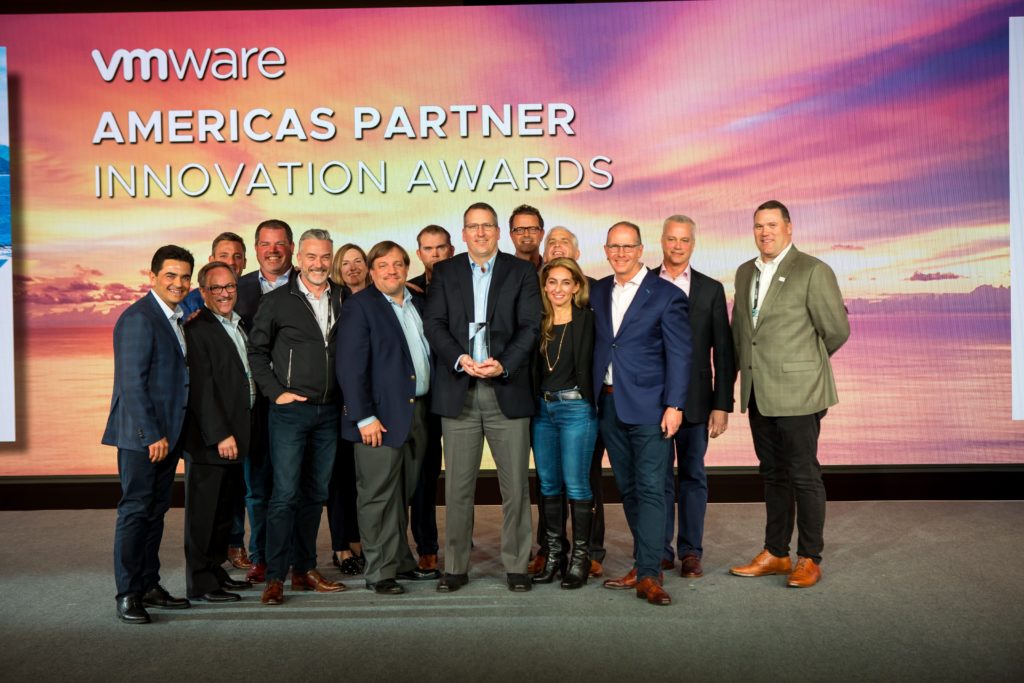Municipalities are following the private sector, which has embraced Network as a Service (NaaS) to improve performance, deliver better services and products to consumers, and lower overall operating costs.
Advanced digital capabilities are reconfiguring the way municipal data infrastructure improves critical functions like emergency services, utilities management, and even traffic control. One of the core technologies involved in this transformation is networking, which can be complex, costly, and difficult to manage.
But as more municipal IT environments transition to virtual, software-defined infrastructure, many cities and towns are starting to recognize the benefits of converting from on-premise networking assets to streamlining operations with Network as a Service.
Network as a Service is reliable, cost-effective
Municipalities benefit from OpEx model
The chief advantage NaaS brings to municipalities is the ability to shift costs from a capital expenditure (CapEx) model to an operational expenditure (OpEx) model. In this way, agencies avoid the high upfront costs of network rollouts and expansion, while adjusting the consumption of resources according to workload demands.
The end result is a more reliable and cost-efficient network experience that allows municipalities to concentrate on their core mission and improve public service for their constituents.
But exactly how does NaaS work?
Third-party support gives municipalities flexibility
While every office has its own networking infrastructure in place, tasks like configuring routers, optimizing protocols, and setting up firewalls can be costly and time-consuming. With NaaS, municipal offices are able to outsource these functions to a third party.
Most solution providers offer a web platform that serves as a portal for IT staff to monitor and manage the network security and ensure that it meets regulatory compliance.
In this way, agencies are provided with a dynamic network environment managed by a trusted third-party solution provider.
Streamline operations, meet budgetary goals
In the private sector, networking budgets are often constrained due to the pressure faced when trying to achieve a company’s bottom-line as well as the competing demands of the overall IT stack. In the public sphere, budgets tend to be tight as a general rule, lest the elected decision-makers face the wrath of unhappy voters.
In both cases, however, the perpetual goal is to do more with less.
NaaS fulfills this mandate on the network level, while laying the groundwork for enhanced virtualization across the entire IT stack. Rarely does a solution provide improved service at less cost right from the start, particularly in networking.
CBTS helps municipal organizations streamline operations with Network as a Service and delivers an agile, top-notch network infrastructure that meets their budgetary goals.
5 key benefits of CBTS NaaS solution for municipalities
The CBTS NaaS solution provides municipal organizations with these key benefits:
- 24x7x365 engineering support from highly-qualified CBTS experts.
- Data center support. CBTS establishes the groundwork for a software-defined data center through expert support of existing virtual servers.
- Infrastructure support. CBTS provides the necessary infrastructure for additional applications, such as Hosted Unified Communications.
- Third-party visibility. CBTS offers third-party visibility into servers and individual telephones.
- Predictable monthly costs. CBTS provides a predictable monthly cost model that builds hardware refreshes into the network lifecycle.
CBTS NaaS also provides a foundation for the extension of virtual networking over the wide area, a crucial element of flexibility for agencies that coordinate with other agencies or non-governmental entities like utility collectives, non-profit organizations, and contractors.
At the same time, CBTS NaaS provides seamless adherence to strict compliance rules, data sovereignty, and other regulatory measures.
CBTS is a trusted IT partner
With CBTS NaaS, our expert engineers are available 24x7x365.
CBTS helps municipalities free up their staff so they can focus on mission-critical tasks rather than spend time conducting patchwork, monitoring the network, or dealing with expensive hardware issues.
In partnering with a trusted solution provider like CBTS, municipalities remove the burden of IT management from their staff and are able to streamline operations with Network as a Service.
Continue Reading: Enhance services for your communities with Unified Communications for Government


 In the fast-paced world of casino gambling, David J. Nehra, CIO of the
In the fast-paced world of casino gambling, David J. Nehra, CIO of the  CBTS periodically asks IT Leaders to share their insights and perspectives on important technology issues and challenges. These conversations also provide a glimpse into interesting companies and organizations – from startups to Fortune 500 corporations. We recently chatted with Veli-Pekka Ketonen, founder and Chief Innovation Officer of the Cleveland-based startup
CBTS periodically asks IT Leaders to share their insights and perspectives on important technology issues and challenges. These conversations also provide a glimpse into interesting companies and organizations – from startups to Fortune 500 corporations. We recently chatted with Veli-Pekka Ketonen, founder and Chief Innovation Officer of the Cleveland-based startup  Congrats are in order for the folks over at the National Institute of Standards and Technology! A few weeks ago, a new version of their
Congrats are in order for the folks over at the National Institute of Standards and Technology! A few weeks ago, a new version of their